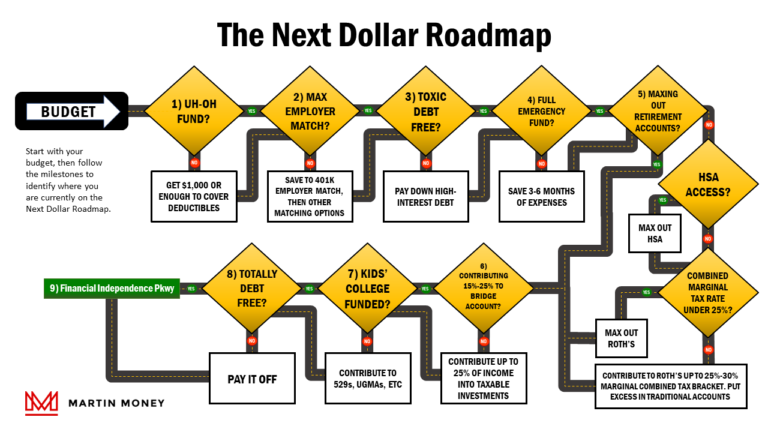What is a Bond?
A bond is a debt instrument through which investors loan money to companies or governments in exchange for a regular coupon payment (the yield) until the value of the bond is paid back to the bondholder at maturity.
Bond Basics
A bond is a form of debt issued by an entity to investors that purchase the bonds in order to earn interest from recurring payments made by the bond issuer.
Bonds are typically issued by companies, municipalities, or state and federal governments as a way to raise money; normally for very expensive capital projects like construction.
Bonds provide a method through which organizations can finance large projects using thousands of small loans as opposed to finding one or a few lenders to extend massive amounts of credit single-handedly.
For example, governments may issue bonds to finance civil infrastructure projects like building bridges and roads or they may use the funds to finance defense measures during a time of war.
Companies may use bonds to fund capital projects that will grow business for the company.
One way to look at a bond is like an I.O.U. from the bond issuer to the buyer.
The bonds are initially issued at face value or par value (usually $1,000 each) which is the amount the bond issuer will pay back to the bondholder at the bond’s maturity date.
A specified coupon rate (the interest rate the bond issuer pays to the bondholder) will be paid out through a series of regular interest payments (known as the coupon dates) until the bond reaches maturity
Maturity is the date the bond issuer agrees to repay the face or par value amount back to the bondholder.
For example, let’s assume you purchase one bond from ABC Company at a par value of $1,000. The coupon rate is 5% annually which is divided into quarterly coupon payments of 1.25% until the bond reaches maturity in 5 years.
So, you give $1,000 to ABC Company and in return, they will pay you $12.50 every quarter for five years (20 payments in all) until they finally return your $1,000 back to you on the bond’s maturity date.
How Are Bonds Different from Stocks
Bonds are debt. That’s important to understand because it makes bonds very unique from other types of investments.
When you “buy” a bond, you’re actually lending money to the bond issuer for the pleasure of collecting regular interest payments.
In effect, you’re acting like a bank.
We will get into how the value of bonds can change regularly, similar to stock values, but you shouldn’t think of these investments as if they are one and the same because they are not.
Furthermore, because of the dividends (or coupon payments), bonds produce regular income which cannot be said of all stocks (though there are many that do).
Bond Vocabulary
Frankly, back when I took finance classes in college, I wondered why on earth bonds had all this unique vocabulary associated with them.
For example, why call it a coupon rate when the words “interest rate” make so much more sense? Par is something I knew from golf, not investing.
Then I had a good professor who explained it to me.
Back in the day when someone purchased a bond, it came with a certificate and a coupon book.
The certificate contained all the terms and conditions of the bond (face value, coupon rate, maturity, etc.) and the coupon book is what the bondholder used to solicit their regular coupon payment throughout the term of the bond.
Whenever a coupon date approached, they’d go to their little book, tear out the appropriate coupon, and send it to the bond issuer for their regular interest payment.
Once the bonds matured, they’d send in their last coupon and get back their last payment along with repayment of the bond’s face value.
Here are various terms and their meanings for your reference:
- Issue Price – The price at which the bonds are originally sold by the bond issuer. Normally, this is equal to the bond’s face value.
- Coupon Rate – The interest rate of the bond over the bond’s face value.
- Coupon Date(s) – The date or dates on which the bond issuer will make interest payments to the bondholder.
- Maturity Date – The date on which the bond will mature and the bond issuer will pay back the face value of the bond to the bondholder.
- Face Value or Par Value – The amount the bond will be worth at maturity, or the amount that will be paid back to the bondholder when the bond matures. Normally, this is the same as the issue price.
How are Bonds Valued
Bonds are primarily valued according to two key factors.
First, the creditworthiness of the bond issuer has to be considered. The more financially secure the bond issuer is, the lower the coupon rate will typically be because there is less risk in loaning money to this type of organization.
For example, would you rather loan money to the federal government (who can actually create money to meet their obligations) or a startup company without any track record of success?
As a result, it’s natural to expect a higher return from the riskier of the two options.
To help bond investors make sound decisions regarding the credit risk of lending money to various companies and government entities, there are several rating bureaus that provide ratings.
You have probably heard of many of these: Standard & Poors, Moody’s, and Fitch Ratings to name a few.
Top-quality bonds are known as “investment grade” and come from highly rated organizations like the federal government or large utilities.
High-yield and “junk” bonds are issued by companies with higher credit risk.
Second, the bond’s maturity date affects the value of the bond.
The longer the maturity, the higher the rate because the bond issuer will be holding their creditor’s principal investment (the face value) for longer.
An extended time to maturity also introduces a higher degree of default and interest rate risk.
The Impact of Interest Rates on Bonds
Bonds are considered fixed-income assets, meaning they pay regular, fixed amounts to investors with a guarantee that they will receive the principal back at maturity.
Other examples of fixed-income assets include CDs and Money Market accounts.
Since investors tend to seek out the highest possible rate of return among similar asset classes, these types of investments “compete” against one another for investors.
For example, if you could purchase CDs at 5% but bonds are only paying 4%, you’re probably going to invest in CDs.
To carry the example further, let’s consider your ABC Company bond which has a coupon rate of 5%. Assume interest rates rise and other investments are now producing greater returns.
In this scenario, you’d probably rather be in higher-yielding investments.
The good news is you can sell your bonds.
The bad news is no one is going to want to buy them when they can receive superior returns for their investment elsewhere.
As a result, the rise in interest rates has made your bond less valuable. You’ll have to sell your bond at a discount in order to attract a buyer.
Conversely, let’s assume interest rates are at all-time lows and your 5% bond is far better than the interest rate available through other fixed-income assets.
Now you’re glad you have that 5% bond and you probably wouldn’t be willing to part with it unless you are paid a premium for it.
This, and the remaining time to maturity, is exactly why bonds are bought and sold above or below face value on the open market.
The primary characteristic to remember is that as interest rates go up, bond values will go down. Inversely, as interest rates go down, the value of bonds goes up.
Two Ways to Make Money on Bonds:
There are two primary ways to make money investing in bonds.
First, you can hold them to maturity.
Using this strategy, you will receive your dividends until maturity when your principal will be returned to you. This path is highly predictable.
The other method is to buy and sell bonds through arbitrage as their value increases or decreases conversely with interest rates.
As an example, let’s assume the ABC Company bond you own with a 5% coupon rate has become more valuable because interest rates have decreased to 2.5%.
Since you paid $1,000, you would now be able to sell your bond at $2,000 since it would take an equivalent investment at 2.5% to receive an equal yield.
If interest rates jumped to 10%, on the other hand, your bond will only be worth $500 since a $500 investment at 10% will yield the same $50 return as your $1,000 bond at 5%.
The valuation calculations are usually more complex than this, but they’re not extremely difficult.
In most cases, investors own bonds through mutual funds unless they buy them directly from the government. This is actually a safer and easier way to own bonds if you ask me, and it provides the diversification your portfolio needs anyway.







